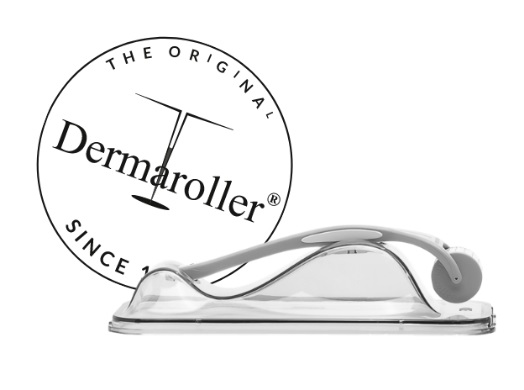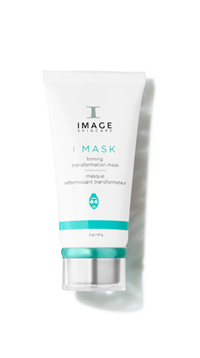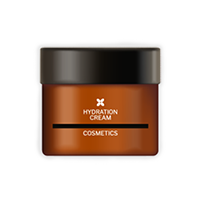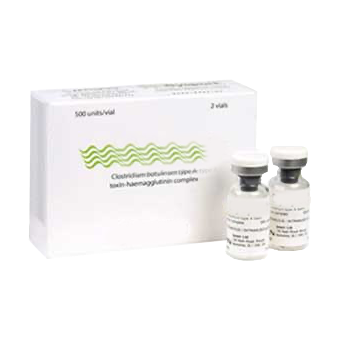Is your skin condition caused by acne or rosacea? A dermatologist reveals the signs and symptoms of both

With over 1 in 10 people in the UK living with rosacea
and countless others navigating adult acne, the confusion between these two common skin conditions is more prevalent than ever. While both can present as redness, bumps and flare-ups, misdiagnosing rosacea as acne can lead to inappropriate treatments—and more inflammation.
Consultant Dermatologist at SK:N Clinics, Dr Julia Einwachter-Thompson gives us the lowdown on whether your skin condition might be caused by acne or rosacea.
How can you tell the difference between rosacea and acne?
Rosacea and acne can look similar, particularly if rosacea presents with pustules or bumps, but they have distinct differences. Acne is caused by excess oil, clogged pores, and bacterial overgrowth, whereas rosacea is linked to inflammation and vascular dysfunction. Unlike acne,
rosacea does not produce blackheads or whiteheads and it tends to cause persistent redness and flushing. Because of these differences, typical acne treatments such as strong exfoliating acids or
retinoids can often worsen rosacea so it’s essential to use targeted treatments designed specifically for rosacea-prone skin.
What triggers make rosacea flare-ups more likely compared to acne breakouts?
Rosacea may be triggered by a combination of genetic, vascular and inflammatory factors. These can include
sun exposure, alcohol, spicy foods, hot drinks, extreme temperatures, stress and even certain skincare ingredients. Unlike rosacea, acne is more commonly influenced by hormones, excess oil and blocked pores so its triggers tend to be internal, related to
hormonal changes or diet. You will also find that rosacea flare-ups are often sudden and reactive, while acne develops more gradually.
What are the most effective treatment options for rosacea?
Professional treatments can be highly effective for controlling rosacea symptoms, especially when combined with the right skincare.
Laser and light-based therapies, such as Intense Pulsed Light (IPL) and vascular laser treatments, help to reduce persistent redness and broken capillaries by targeting the underlying blood vessels. Prescription-strength skincare with active ingredients like
azelaic acid and niacinamide can also help to calm inflammation. For acne, treatments should aim to reduce oil, clear blocked pores, and fight bacteria, using ingredients like retinoids, benzoyl peroxide, and salicylic acid. The key difference is that rosacea treatments are anti-inflammatory, while acne treatments are more exfoliating and oil-controlling.
Could common acne treatments worsen rosacea symptoms?
Yes, several acne treatments can irritate rosacea-prone skin. Benzoyl peroxide, strong retinoids, and
salicylic acid are common in acne routines but can cause dryness, peeling and increased redness in those with rosacea. These ingredients may be too aggressive and, if the client suffers with both conditions, may trigger a flare-up. If acne-style breakouts are present in rosacea, we would explore milder alternatives and recommend dermatological supervision.
How do you approach treatment when a patient may have both rosacea and acne?
When a client presents with both rosacea and acne, our team will take a balanced, tailored approach to treat both conditions at the same time, without triggering flare-ups. We focus first on reducing inflammation and repairing the
skin barrier, then gradually introduce acne-specific treatments. We would often start with a treatment featuring azelaic acid, which helps with both inflammation and breakouts. Alternatively, polynucleotides may be offered which support skin repair and reduce inflammatory triggers. Laser therapy is effective for persistent redness and improving skin texture, while
gentle chemical peels may be used to manage congestion, if well tolerated. Our team will always ensure each step is personalised to minimise irritation and deliver long-term results.
What ingredients should someone with rosacea avoid that might still be helpful for acne-prone skin?
People with rosacea should avoid ingredients that can irritate or over-dry the skin—even if they’re commonly used for acne. These include alcohol-based products, benzoyl peroxide, strong retinoids, synthetic fragrance, and menthol. While these can help acne by reducing oil or bacteria, they can worsen
redness and sensitivity in rosacea. Instead, we recommend gentle, fragrance-free products with calming ingredients like niacinamide, ceramides, and
mineral sunscreens. The Epionce skincare range, available in nationwide sk:n clinics, is a great options for those suffering with the effects of rosacea and/or acne.
 With over 1 in 10 people in the UK living with rosacea and countless others navigating adult acne, the confusion between these two common skin conditions is more prevalent than ever. While both can present as redness, bumps and flare-ups, misdiagnosing rosacea as acne can lead to inappropriate treatments—and more inflammation.
With over 1 in 10 people in the UK living with rosacea and countless others navigating adult acne, the confusion between these two common skin conditions is more prevalent than ever. While both can present as redness, bumps and flare-ups, misdiagnosing rosacea as acne can lead to inappropriate treatments—and more inflammation.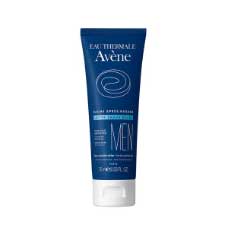
 Added to basket
Added to basket

 Unapplied Changes
Unapplied Changes


